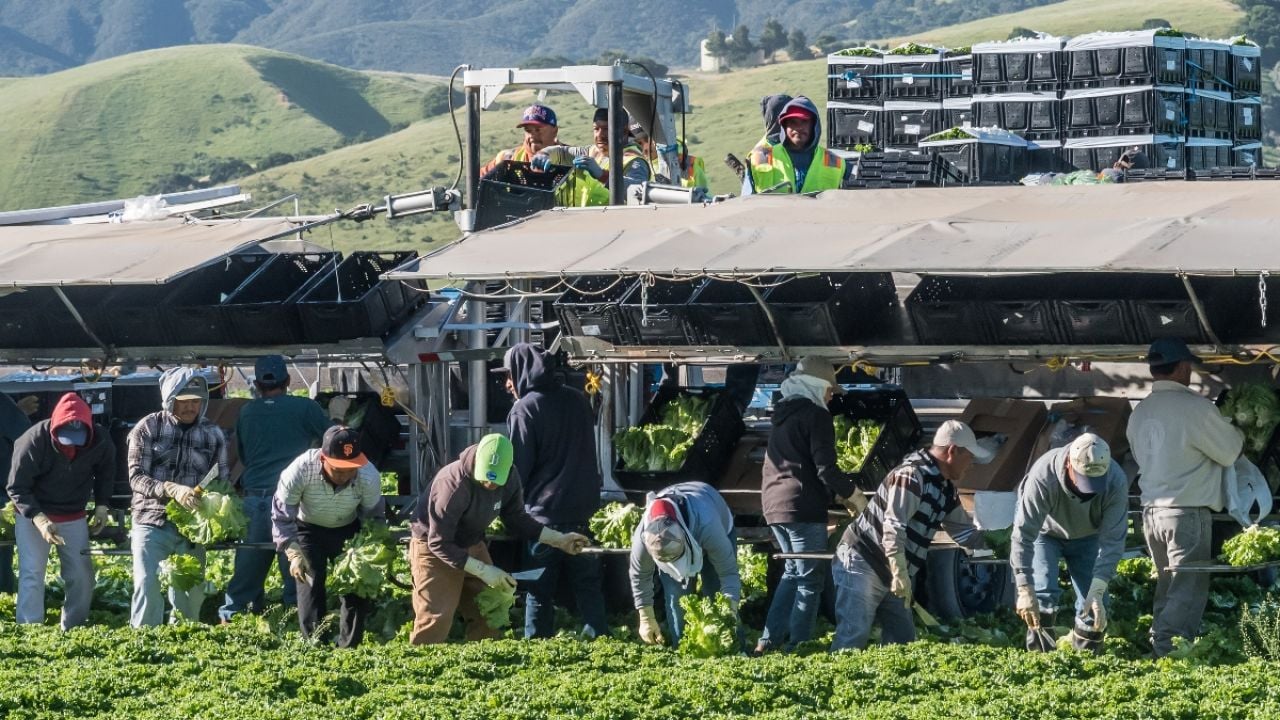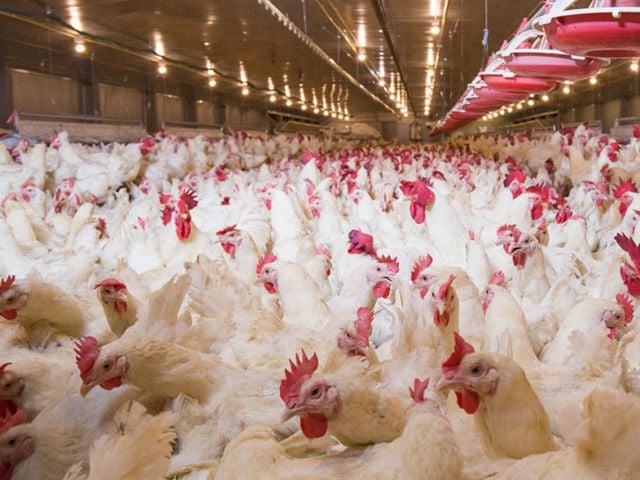
This article was updated Oct. 1, after California Gov. Gavin Newsom signed a package of bills that will make the state’s guidance on farmworker protections mandatory and enforceable.
Seven months into the Covid-19 pandemic, most states still have not issued mandatory protections for farmworkers, even as cases continue to rise, according to an updated EWG analysis of state regulations.
A recent study published by Purdue University estimated that more than 125,000 farmworkers in the U.S. have contracted Covid-19. Many lack access to health care, and studies show that working and living conditions make them especially vulnerable to the virus.
Yet despite the gaps left by federal inaction, only 11 states have issued wide-ranging mandatory protections for farmworkers – just two more than in July, when we conduced our original analysis. –Some states have issued recommendations for farmworker protections, but most have issued no guidance at all.
California, Colorado, Michigan, New Mexico, New York, Oregon, Pennsylvania, Virginia, Vermont, Washington and Wisconsin are the only states to require produce growers and other farm operations to provide personal protective equipment, or PPE, to farmworkers, and to require physical distancing, workplace disinfection and worker testing. Other mandatory protections in those states include changes to housing and transportation designed to reduce the spread of the coronavirus.
California has also taken additional steps to protect workers,. Among the states with mandated workplace protections, only California, the nation’s leading farm state, requires growers to provide PPE to farmworkers, and agricultural employers have to follow strict Cal/OSHA requirements regarding work place protections, paid sick leave, and symptomatic worker isolation.
California has revised and funded several previously existing programs to help farmworker families, often without regard to immigration status. The programs include disaster assistance, unemployment benefits, paid sick and family leave, workers’ compensation access and state Medicaid coverage for Covid-19 testing and treatment. It has also offered additional assistance to expand programs for migrant housing and address social distancing issues.
Only 20 states have issued non-binding guidance for growers, up from 16 in July. Several large farm states, including Florida and Texas, have failed even to issue recommendations, and 19 states have neglected to take any action at all to protect farmworkers.
In the absence of federal and state oversight, few employers are even providing masks, according to a survey of farmworkers in California.
This chart shows the coronavirus protections in the states estimated to have the most farmworkers. The state ranking is based on farm labor spending reported in the Department of Agriculture’s 2017 Census of Agriculture. To see the complete list of states, click here.
State Covid-19 Protections for Farmworkers
Source: EWG, from the Centers for Disease Control and Prevention, USDA’s 2017 Census of Agriculture and state government websites
For farmers already facing labor shortages, replacing those who become sick will not be easy. The study from Purdue University calculated that lost farm labor, resulting from Covid-19, has caused a drop in overall production across the US. Florida alone has seen a 3.5 percent drop due to the decrease in workforce. These labor shortages are only increasing now that the Trump administration has suspended immigration, so fewer farm and food workers will be able to migrate to the U.S.
The Centers for Disease Control and Prevention has issued an interim guidance it calls “a template of action” to protect farmworkers from the virus. But employers are not required to follow it. The CDC says the recommendations can be adapted by agricultural employers and state and local health departments, and that work sites should follow them only “as feasible.” Many states direct employers to these interim guidelines in place of issuing their own standards or guidances.
Officials at the USDA and the Occupational Safety and Health Administration have rejected calls to adopt mandatory emergency worker safety standards for farmworkers. Legislation passed in May by the House of Representatives would require protections, but the Senate has so far failed to act. Congress may pass a fourth Covid-19 relief bill this fall, though it is by no means certain.



